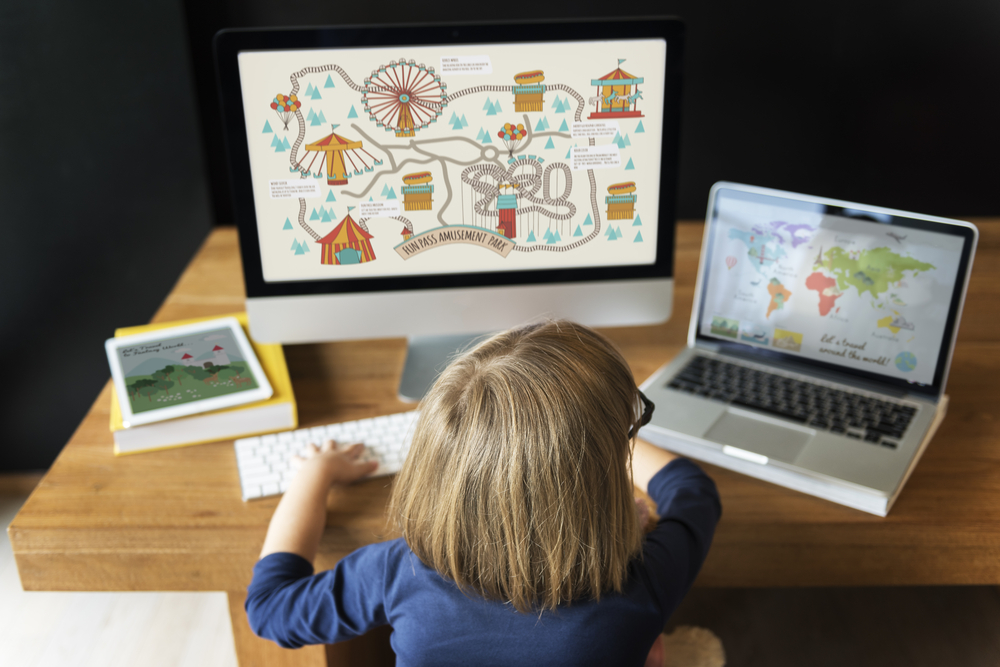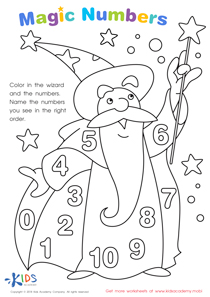Extra Challenge Tracing Shapes Worksheets Activities With Answers for Ages 4-6
4 filtered results
-
From - To
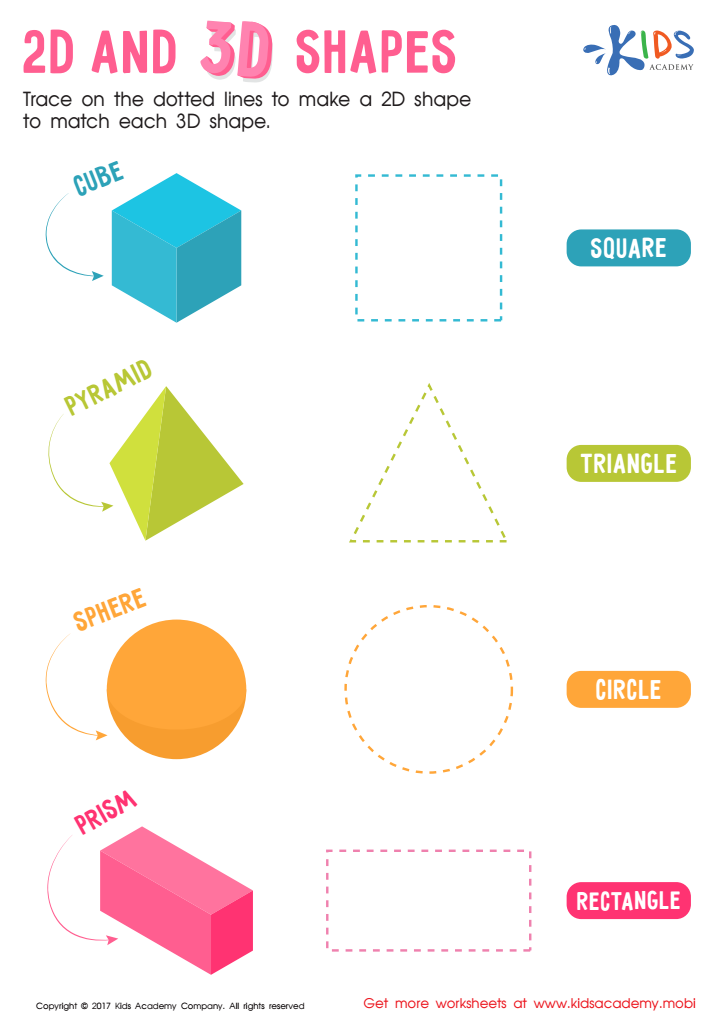

2D and 3D Shapes Worksheet


Trace and Draw More Shapes Worksheet
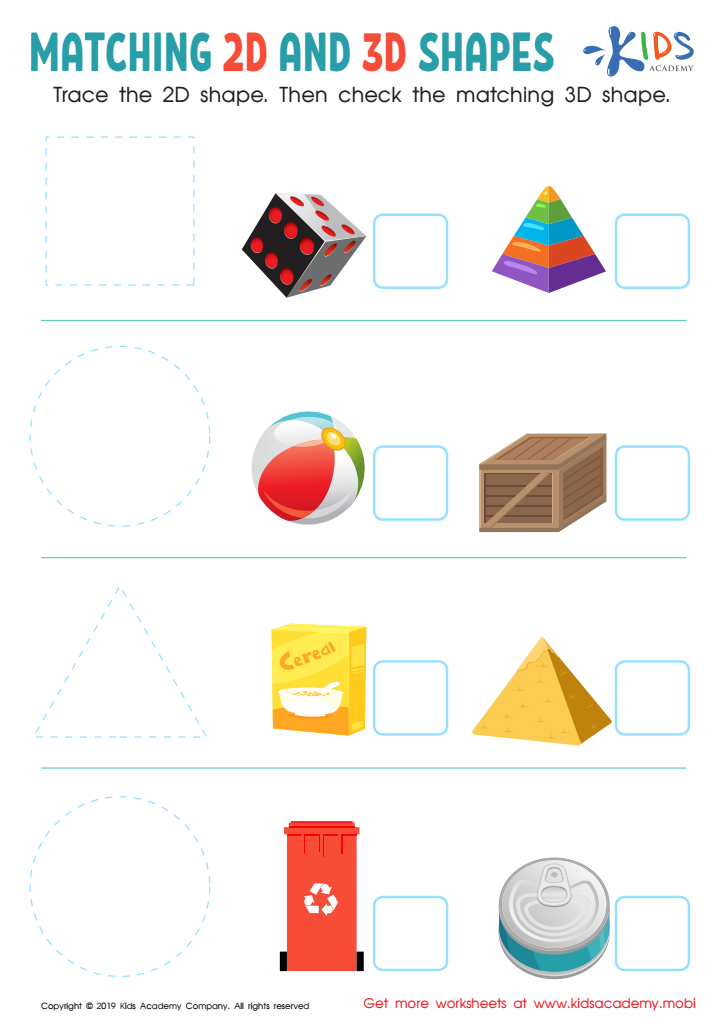

Matching 2D and 3D Shapes Worksheet
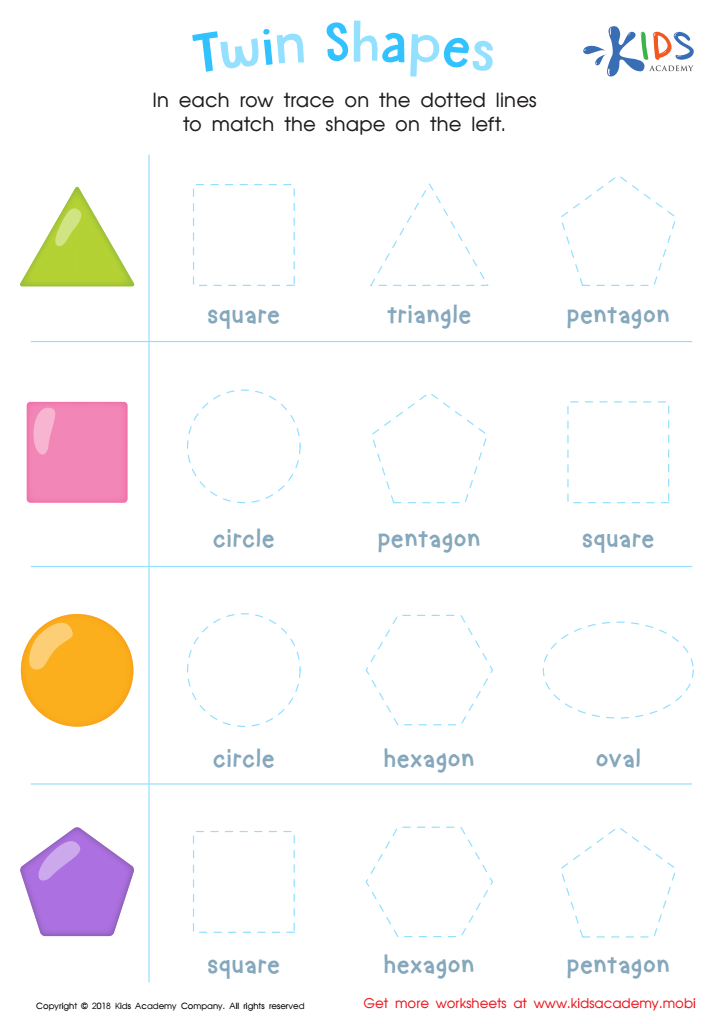

Twin Shapes Dot-to-Dot Worksheet
Extra Challenge Tracing Shapes Worksheets Activities with Answers are an invaluable resource for children in the early stages of their educational journey. These meticulously designed worksheets serve not just as a tool to master the art of tracing but also as a foundational step toward developing critical thinking and problem-solving skills. The inclusion of answers provides an immediate feedback mechanism, allowing both educators and learners to identify areas of strength and opportunities for further development.
The concept of tracing might seem simple at first glance, but the benefits it harbors are immense and multifaceted. Firstly, Extra Challenge Tracing Shapes Worksheets Activities help in refining fine motor skills. The precise movements required to follow shapes improve hand-eye coordination and prepare young learners for more complex tasks such as writing. It's a fundamental skill that forms the basis of literacy and numeracy.
Moreover, these activities encourage attention to detail and concentration. As children engage with these worksheets, they learn the importance of observing shapes, their characteristics, and how they differentiate from one another. This level of attention is critical in all areas of learning and sets the stage for academic success.
The problem-solving aspect of Extra Challenge Tracing Shapes Worksheets Activities with Answers cannot be overlooked. Children are not only tracing but also learning to correct mistakes and improve, guided by the solutions provided. This teaches resilience and the understanding that making errors is a part of the learning process.
Furthermore, these worksheets introduce children to basic geometry concepts in a fun and engaging way. Recognizing and understanding shapes is a fundamental mathematical skill that children will build upon as they progress in their education.
In conclusion, Extra Challenge Tracing Shapes Worksheets Activities with Answers are much more than just tracing tasks. They are an essential educational tool that nurtures fine motor skills, fosters attention to detail, promotes problem-solving abilities, and introduces young learners to the world of geometry. Incorporating these activities into the learning process undoubtedly sets a strong foundation for future academic endeavors.
 Assign to My Students
Assign to My Students









